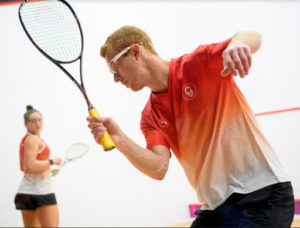 Racquets vary significantly in weight, power, balance, grip and frame and choosing a racquet is a personal decision that depends on what a person feels most comfortable with.
Racquets vary significantly in weight, power, balance, grip and frame and choosing a racquet is a personal decision that depends on what a person feels most comfortable with.
When starting out, the best option is to go to your local club pro shop and ask to trial of a range of their racquets so that you can understand the differences and decide on the racquet that most suits your strength, ability and preference.
(Information Courtesy of US Squash)
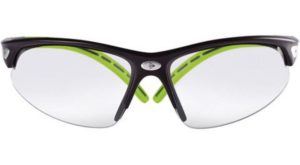 Although the risk of injury in squash is low, it is recommended that protective eyewear, manufactured to an appropriate National Standard, is worn properly over the eyes at all
Although the risk of injury in squash is low, it is recommended that protective eyewear, manufactured to an appropriate National Standard, is worn properly over the eyes at all
times during play. It is the responsibility of the player to ensure that the quality of the
product worn is satisfactory for the purpose.
Under WSF World Championship Regulations, Juniors (defined as under 19 years of age
on the last scheduled day of the championship) playing in any WSF Team Championship
(Senior as well as Junior) or in any WSF Junior Individual Championship must wear
appropriate protective eyewear.
For a list of protective eyewear that is verified as tested for Squash by the World Squash Federation from a copy of the relevant report issued by the National Standards Authority or Authorized Notified Laboratory and forwarded to the World Squash Federation by the manufacturers/suppliers: CLICK HERE
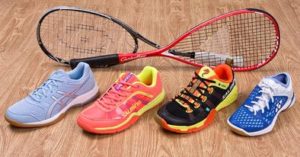 Whether or not you choose to have a designated pair of shoes just for squash (squash shoes) or a general pair of shoes that you use for multiple indoor racquet sports (indoor court shoes) is entirely up to you. The principles remain the same regardless of the decision you make.
Whether or not you choose to have a designated pair of shoes just for squash (squash shoes) or a general pair of shoes that you use for multiple indoor racquet sports (indoor court shoes) is entirely up to you. The principles remain the same regardless of the decision you make.
Squash etiquette (which is backed up by rules in most facilities) requires players to wear clean shoes with non-marking soles. This means that the shoes you play in should not be the shoes you wear while traveling to or from the squash court.
Squash shoes and indoor courts shoes typically have outsoles made of a blend of synthetic rubber and gum rubber. Pure gum rubber is blonde in colour and soft to the touch; however nobody makes pure gum rubber outsoles anymore. Virtually every manufacturer now uses a blend of gum and synthetic rubbers that is soft to the touch and sticky on hardwood floors.
The first thing you should be looking for when shopping for indoor court shoes of any kind is soles that are soft to the touch. If the shoes you are looking at have soft rubber in their outer soles, they are made for use on indoor courts.
(Information Courtesy of Racquet Network)
 Different Types of Squash Balls:
Different Types of Squash Balls:
Professional / 2-Dot:
With good level club players in mind the 2-Dot ball is used in professional competition. It is most suitable for professional, tournament and good club players and requires consistent, sustained hard hitting play to maintain the correct temperature for optimal performance.
Competition / Intermediate / Yellow-Dot:
Designed for club players or for use on very cool courts, in place of a 2-Dot ball, with a slightly longer hang time (5-10% of the 2-Dot).
Progress / Improver / Red-Dot:
Perfect for improvers or recreational players with a longer hang time (around 10-20% of a 2-Dot) and sometimes larger in diameter (in the case of Dunlop). Good for players looking to develop their technique as it doesn’t require the player to hit the ball as hard to retain bounce.
Intro / Beginner / Blue-Dot:
Ideal for beginners the blue-dot ball has a hang-time around 15-40% greater than a pro standard 2-Dot ball to help new players get to grips with the sport’s dynamics, the characteristic of the ball and to help keep rallies alive. (Information Courtesy of PSA)
(Information Courtesy of PSA)
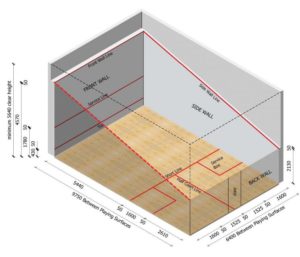 When designing a court layout it is important to note that the critical dimensions are to the internal finished wall playing surfaces and allowance must be made within the building structure for the thickness of plaster, the thickness of court panels or other wall lining materials.
When designing a court layout it is important to note that the critical dimensions are to the internal finished wall playing surfaces and allowance must be made within the building structure for the thickness of plaster, the thickness of court panels or other wall lining materials.
(Information Courtesy of WSF Specifications for Squash Courts)
